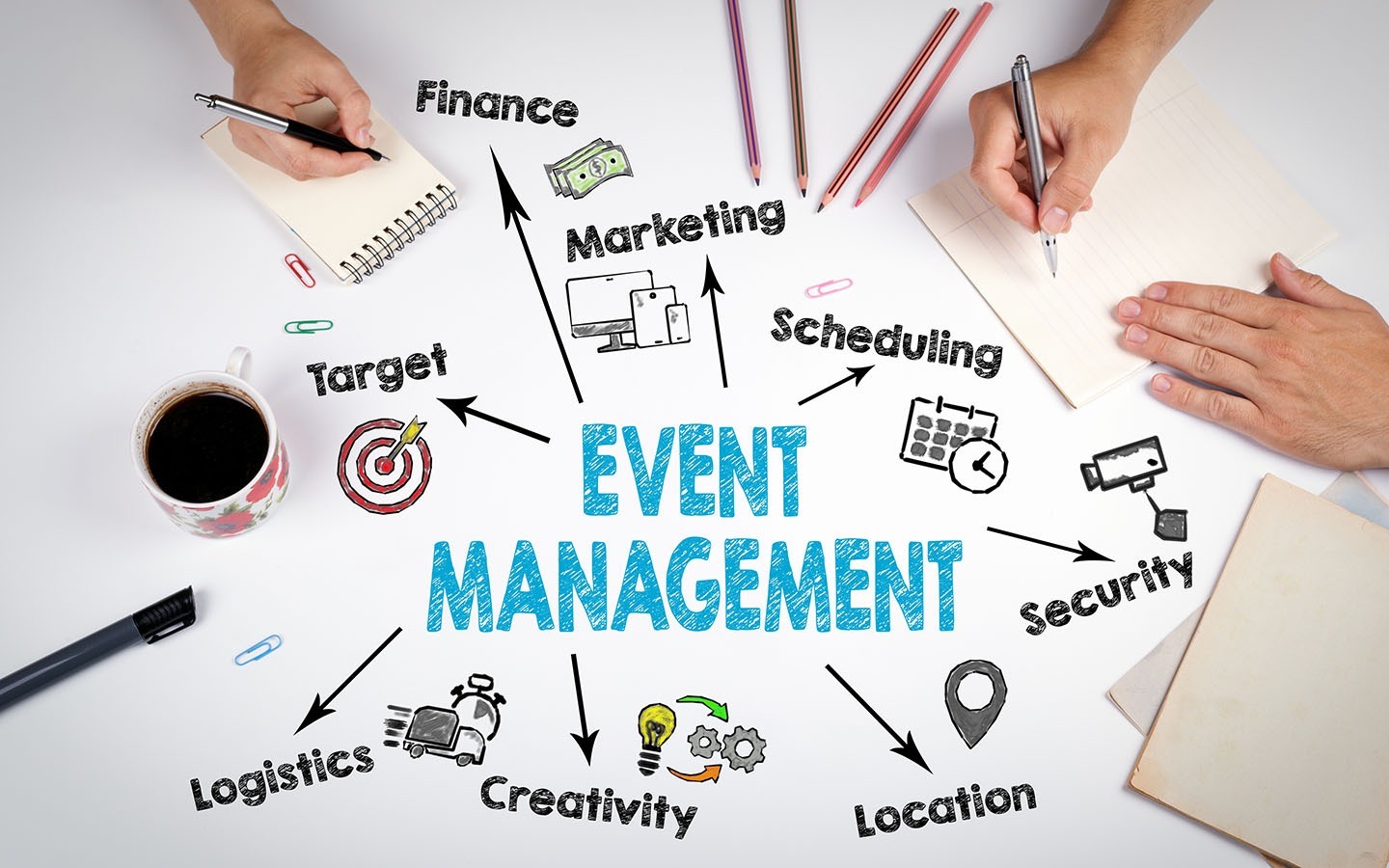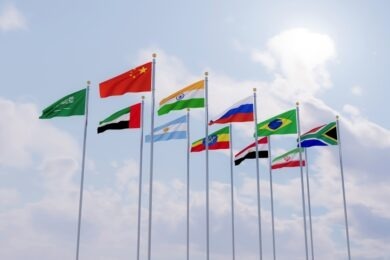Partnering with agencies can reduce cost and save time
In many scenarios, planners have limited resources on hand. That often means seeking out third-party agencies and independent planners to attain their goals and create a stellar event.
Smart Meetings chatted with Michelle Crosby, CMP, CITP, an account executive at Bright Spot Incentives and Events, and Yvette Campbell, CMP, a meeting broker at Meetings Made Easy, to explore how planners can seek out third-party agencies and independent planners that fit their needs and how to integrate resources into their organization.
To watch the full webinar, click here.
Read more: Helpful Budget Tips for Event Planners in a Post-Covid World
Working with Third-Party Agencies
Many third parties provide sourcing only, meaning they will find the destination, and other will assist in sourcing as well as contract negotiations.
Third party legwork can consist of registration, promotional items, air manifest, air bookings, transportation, food and beverage, audiovisual production, collection of information, collection of speaker notes, agendas, and on-site logistics.
“[After that, the third party] will step out of it completely and they allow the internal planning team or the corporation or company or planner to go ahead and do all of the other legwork,” says Crosby, “A third party agency, like Bright Spot, actually does the full service. Not only do we do contract negotiations, site inspections and sourcing, but then we help planners with all of the logistics from start to finish.”
Agencies like Bright Spot spend a lot of time working on budgets and negotiating on behalf of their clients. Agencies can provide the final bill and a cost savings analysis, showing exactly how much the planner was able to save by working with them. According to Crosby this amounts to 20-30% of what a planner could have spent.
“We’re not taking away your job,” says Campbell, “we’re working alongside you to help you get the best of what you’re looking for. Not only do we save you on hours and labor when you don’t have that resource, but we’re also able to negotiate, getting those better rates.”
Campbell says relying on agencies can be a major time saver, “When you don’t have time to answer phone calls from a million hotels calling you back.”
Campbell notes that having a team with a vast offering of experience can make the process much easier. “We’ve traveled, we’ve seen what hotels are coming up, we’ve connected with the CVBs. They’ve told us which hotels are being renovated or when they’re gonna be renovated,” she says. “Use our knowledge.”
Read more: 5 Tips for Flexible Event Budgeting, No Matter the Format
Sourcing for the Next Generation
Since the pandemic, the industry has seen 68% of meeting professionals are new to the industry. This has created an interesting situation for planners; it may mean the more seasoned individuals who worked on your contract are not physically on-site during your walkthrough.
“Not only are RFPs taking longer, because there’s revenue management involved and there’s fewer people responding to those RFPs, and then there’s more decisions being made;it seems to just be a big domino effect of ‘we actually have to wait now,’” says Crosby, “But the problem with waiting is that once we finally get the information, then they’re asking us to hurry to make a decision. Customers don’t want to be pressured into making decisions, but then we lose out on meeting space.”
By working with agencies, planners can leverage preexisting relationships to get the great rates in negotiations, while still getting a good product.
Read more: 2024 Contracts Playbook
Inflation and Compression
Another topic of interest is every planner’s favorite “I and C words”: inflation and compression.
“The cost of living is still high, unfortunately,” says Crosby, “which means the cost of good employees, the cost of labor is still very, very high as well as the cost of goods.“We try to source as local as possible to maybe cut down on shipping costs.”
According to Crosby, budgets are anywhere between 26% to 28% higher, in 2023, than they were in 2019.
“We’re having to put those contingencies and explain to the client: we can base costs on what we are being provided today, but that doesn’t mean [the price is] not gonna go up,” says Crosby.
For planners looking to book through 2026 through 2028, expect small contingency percentages around F&B and AV due to the cost of labor, goods and services.
“Compression of the market is huge. The larger groups are booking out at three to five years now. So, it’s the smaller groups that are being affected,” Campbell suggested trying to be flexible in those situations, saying, “I think for the smaller groups if you are flexible you can start off on a good foot of negotiating a better rate.”





